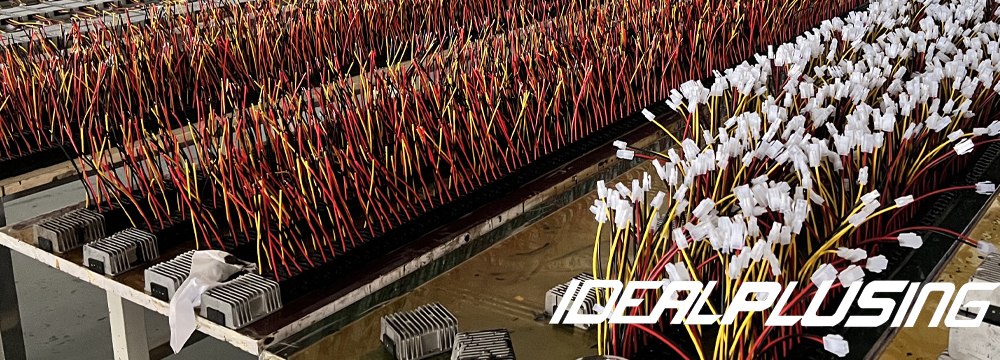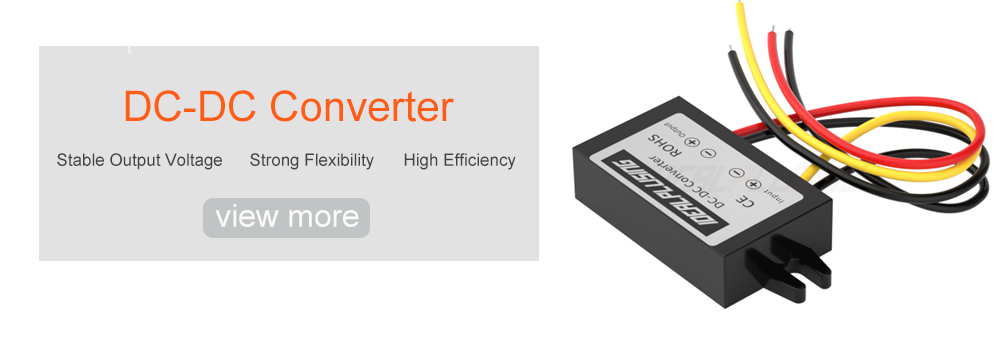Transformer selection seems to be the most critical step in the process of designing an isolated buck dc-dc converter. This article will discuss the working principle of an isolated buck dc-dc converter, what parameters should be focused on when selecting a transformer, how these parameters affect the selection of the transformer, and how the selected transformer affects the circuit parameters.

How does an isolated buck dc-dc converter work?
Obviously, by replacing the inductor in the buck circuit with a transformer, we can obtain an isolated buck converter. The secondary side of the transformer has an independent ground. During the on-time (Ton), the high-side switch (QHS) is turned on and the low-side switch (QLS) is turned off. The transformer excitation inductor LPRI is charged.
The arrows in the figure show the direction of current flow. The primary current increases linearly. The slope of the current change over time depends on (Vin-Vpri) and Lpri. During this time interval, the secondary side diode D1 is reverse biased and the load current flows from COUT to the load.
During the off-time (Toff), QHS is turned off and QLS is turned on. The primary inductor is discharged. The primary current flows from QLS to the primary ground, D1 is forward biased at this time, and the secondary current flows from the secondary coil to the output capacitor and the load.
During this time, the output capacitor is charged. (Closing QHS and opening QLS does not change the current direction, it changes the current slope. The positive current decreases to 0A, and then the negative current increases.)
What parameters affect the choice of transformer?
When designing a power supply, some parameters and specifications should be clear. These parameters will determine the selection of peripheral components (such as input capacitors, sampling resistors, etc.), especially the transformer.
INPUT VOLTAGE RANGE
OUTPUT VOLTAGE
MAX DUTY CYCLE
SWITCH FREQ
OUTPUT VOLTAGE RIPPLE
OUTPUT CURRENT
OUTPUT POWER
We usually assign the maximum duty cycle (D) to 0.4 to 0.6. The minimum input voltage (VIN_MIN) and the maximum duty cycle will determine the primary side output voltage (VPRI). The primary output voltage and the output voltage (VOUT) determine the transformer turns ratio.
The output current (IOUT) and output power (POUT) are probably the most critical parameters that affect transformer selection.
The output current will determine how thick the copper wire should be used at least. The output power will determine what kind of transformer bobbin should be used. The magnetic permeability of the bobbin indicates how much energy it can store and thus how much energy it can output.
Usually, we use the DC load current multiplied by a factor to specify the ripple current of the inductor (transformer). The duty cycle and switching frequency will tell us the TON time, and with VIN and VPRI and the ripple current, we can determine the primary side inductance value.
The coefficient should not be assigned too large or too small. A larger coefficient will result in a larger ripple current. A large ripple current may exceed the H-bridge current limit, which may damage the MOSFET, and a large ripple current will result in a large ripple voltage on the output capacitor due to the ESR and ESL of the output capacitor.
On the contrary, when we want a very small ripple current, our calculations will get an inductor (transformer) with a large inductance value, which will be a large bobbin and wire with a large number of windings inside, and the large inductance will limit the loop bandwidth and reduce the dynamic response index.






